ROMANIA
Bucharest

Bucharest
Bucharest
Bucharest is the third largest city in the southeastern part of Europe. The Romanian capital is not only the country's commercial center, but also the economic center. In Romanian, the city is called Bucuresti.
| advertisement |
| Hotels Bucharest |
Location
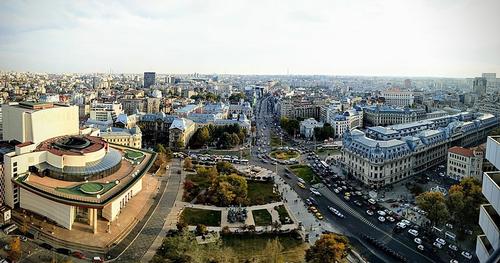 BucharestPhoto: VictorCozmei CC 4.0 International no changes made
BucharestPhoto: VictorCozmei CC 4.0 International no changes made
The capital Bucharest is located in the south of Romania. The city is located at an altitude of about 90 meters above sea level on the Lower Danube Plain (or Wallachian Plain). The Dâmbovita river flows right through Bucharest. Bucharest has an area of 228 square kilometers with over 2 million inhabitants.
Weather
Romania has a continental climate in the interior and a moderate maritime climate on the coast. The Black Sea has little influence on the weather in Bucharest. The city is even right on the dividing line between a maritime climate and a continental climate. This results in warm summers and cool winters in Bucharest. Most precipitation falls in the autumn months.
History
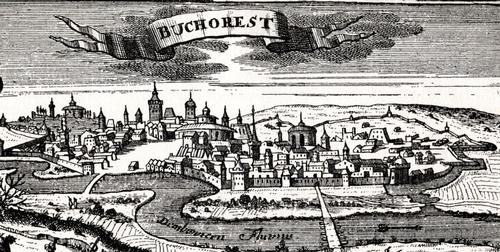 Bucharest in 1717Photo: Public Domain
Bucharest in 1717Photo: Public Domain
Bucharest is not an old city compared to other European capitals. The first mention of the city dates back to the year 1459. The city developed rapidly and grew into the capital of Romania in the 19th century. The city was doing so well that it was also called "the Paris of the East". In the First World War, Romania was initially neutral, but when the Brusilov Offensive (the largest Russian offensive on the Eastern Front) took place in 1916, the Romanians decided to join the Allies. At the end of the same year, King Ferdinand of Romania was expelled and in 1918 the Romanians finally capitulated.
Romania suffered greatly during the Second World War. Bucharest was heavily bombed several times by the Americans and the British. After the war ended, Romania was occupied by the Soviets. The dictator Nicolae Ceausescu held sway from 1965 to 1989. Under his leadership, many historic buildings were razed to the ground and several Soviet-style buildings were replaced. In 1977 there was also a severe earthquake that killed more than 1,500 and destroyed many buildings. In 1989 Romania was liberated from communism. Slowly but surely, Bucharest is recovering and today the city has almost completely recovered its cosmopolitan status.
Sights
Due to the many devastations of a human and natural nature that took place in Bucharest throughout history, there are few historical sights to be found in the Romanian capital. Fortunately, there are still beautiful attractions that are definitely worth a visit.
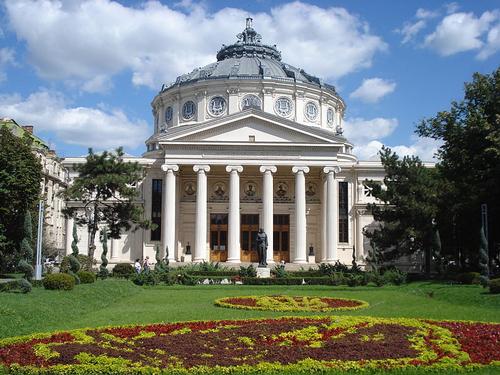 Ateneul Roman BucharestPhoto: Pixi CC2.5 Generic no changes made
Ateneul Roman BucharestPhoto: Pixi CC2.5 Generic no changes made
Take, for example, the Ateneul Roman at the Revolution Square from the end of the 19th century. This beautiful concert hall is still in use and can accommodate 600 visitors. Every year, the Ateneul is the heart of famous music festivals where world-class orchestras perform their masterpieces in this baroque concert hall.
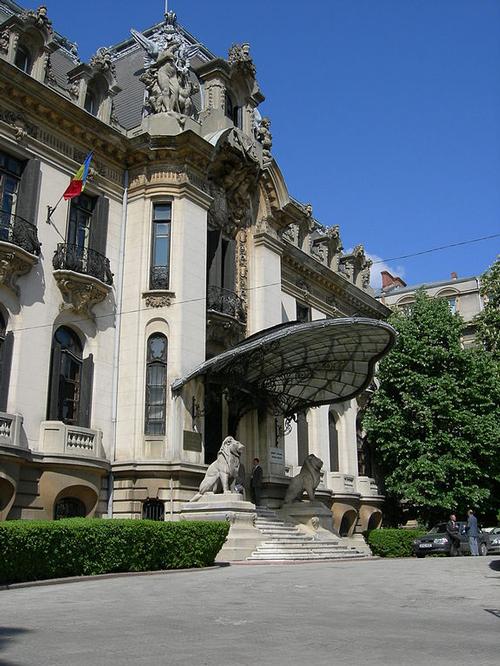 Cantacuzino Palace BucharestPhoto: Joe Mabel CC 3.0 Unported no changes made
Cantacuzino Palace BucharestPhoto: Joe Mabel CC 3.0 Unported no changes made
The Cantacuzino Palace was built between 1898 and 1900 in an eclectic French style. Grigore Cantacuzino was considered one of the richest citizens of Romania. His wish was to have the most elegant residence in Bucharest. The architect Ion Berindei designed the Cantacuzino palace for him. He combined a neoclassical style with Art Nouveau elements, wrought iron balconies, high arched windows and a carriage gate (an elegant wrought iron doorway) flanked by two lions. Today the palace houses the George Enescu Museum.
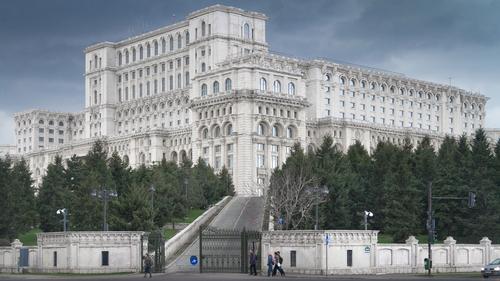 Bucharest Parliaments PalacePhoto: Mihai Petre CC 3.0 Unported no changes made
Bucharest Parliaments PalacePhoto: Mihai Petre CC 3.0 Unported no changes made
The colossal Palace of Parliament was built by the Communist Party leader Nicolae Ceausescu. It is the second largest government building in the world after the Pentagon. The palace has 12 floors, 1100 rooms, a 328-meter-long lobby and four underground floors, including a huge nuclear bunker. Today it is the seat of the Romanian Parliament and serves as an international conference center. The building is decorated exclusively with Romanian materials and reflects the work of the country's best artists. A guided tour takes visitors through a small portion of the beautiful rooms, large halls and the Senate Hall (when not meeting). The interior is luxurious with crystal chandeliers, mosaics, oak paneling, marble, gold leaf, stained glass windows and floors covered with rich carpets.
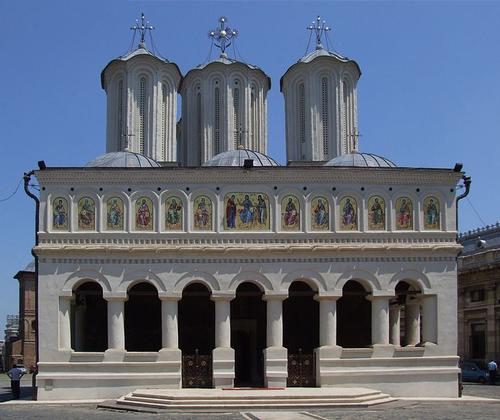 Bucharest CathedralPhoto: Pudelek CC 3.0 Unported-no changes made
Bucharest CathedralPhoto: Pudelek CC 3.0 Unported-no changes made
Atop one of the city's few hills, known as the Mitropoliei, stands the cathedral, the center of the Romanian Orthodox faith since the 17th century. The church was built by Constantin Serban Basarab, ruler of the province of Wallachia between 1656 and 1658, to a design inspired by the Curtea de Arges monastery. It became the seat of the Romanian Orthodox Church in 1925. The Byzantine interior, containing the city's most magnificent iconostasis (wall of icons), as well as a pair of beautifully carved side altars, is of great beauty. A huge crowd gathers here for the Easter service. The beautiful bell tower at the entrance was built in 1698 and restored in 1958.
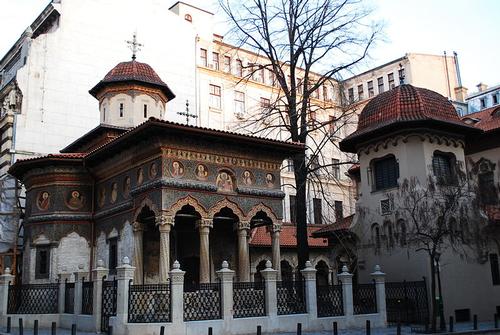 Stavropoleos church BucharestPhoto: Andrei Stroe CC 3.0 Unported no changes made
Stavropoleos church BucharestPhoto: Andrei Stroe CC 3.0 Unported no changes made
Stavropoleos Church was built in 1724 by the Greek monk Ioanikie Stratonikeas. With a combination of Romanian and Byzantine architecture, the church has a beautiful facade and a finely carved column entrance. Surrounded by a peaceful garden, it is an architectural jewel, with beautiful frescoes and icons painted on wood. Mass (in Romanian) is worth seeing if you can find a spot in the small and cozy church.
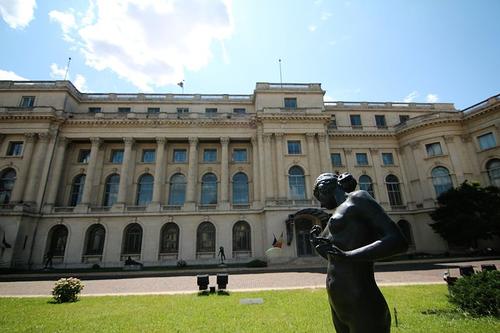 National Art Museum BucharestPhoto: Nicubunu CC 3.0 Unported no changes made
National Art Museum BucharestPhoto: Nicubunu CC 3.0 Unported no changes made
Romania's leading national art museum was founded in 1948 and consists of the former royal collection of Romanian and European art from the 15th to the 20th century. The museum currently exhibits more than 100,000 works, divided into two main parts. The National Gallery has works by great Romanian artists, including Grigorescu, Aman and Andreescu. There is also a room full of early Brancusi sculptures, unlike anywhere else. The European Gallery consists of over 15 rooms and displays little-known gems of art by El Greco, Monet, Rembrandt, Renoir, the Breughels (father and son) Cezanne and Rubens.
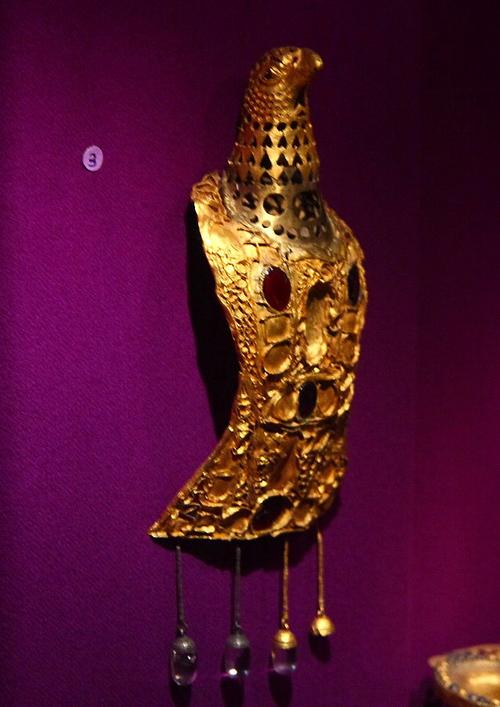 Tezaurul de la Pietroasa BucharestPhoto: Cristian Chirita CC 3.0 Unported no changes made
Tezaurul de la Pietroasa BucharestPhoto: Cristian Chirita CC 3.0 Unported no changes made
The National History Museum offers a great introduction to Romania's fascinating history. The museum is housed in a neoclassical building from 1900 that used to serve as a post office. There are 41 rooms with exhibitions on Romania's development from prehistoric times to the 20th century. The highlight is the National Treasury where visitors can enjoy a dazzling display of some 3,000 gold artifacts, including jewelery and valuable Neolithic artifacts. The 4th century Pietroasele collection is very special. The Tezaurul de la Pietroasa means something like "the golden hen with chicks." This treasure was found in the town of Pietroasele during archaeological excavations in 1837.
Tips
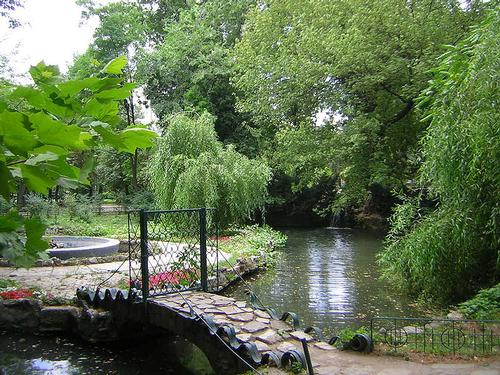 Cismigiu Park Bucharest Foto:MastermindsroPhoto: Mastermindsro CC 3.0 Unported no changes made
Cismigiu Park Bucharest Foto:MastermindsroPhoto: Mastermindsro CC 3.0 Unported no changes made
Highly recommended is the Cismigiu Park, the oldest park in Bucharest that was created in the 19th century. A piece of swamp had to be drained for this. The park is a green oasis of peace in the middle of a busy capital. Many statues can be found in the park. There is a path (the Rondul Roman) with statues of Romanian writers, but there are also statues of soldiers and French heroes.
Useful links Bucharest
BBC Country ProfilesWorld Fact Book Explore all Countries
How to call
Last updated June 2025
Copyright: Team - The World of Info